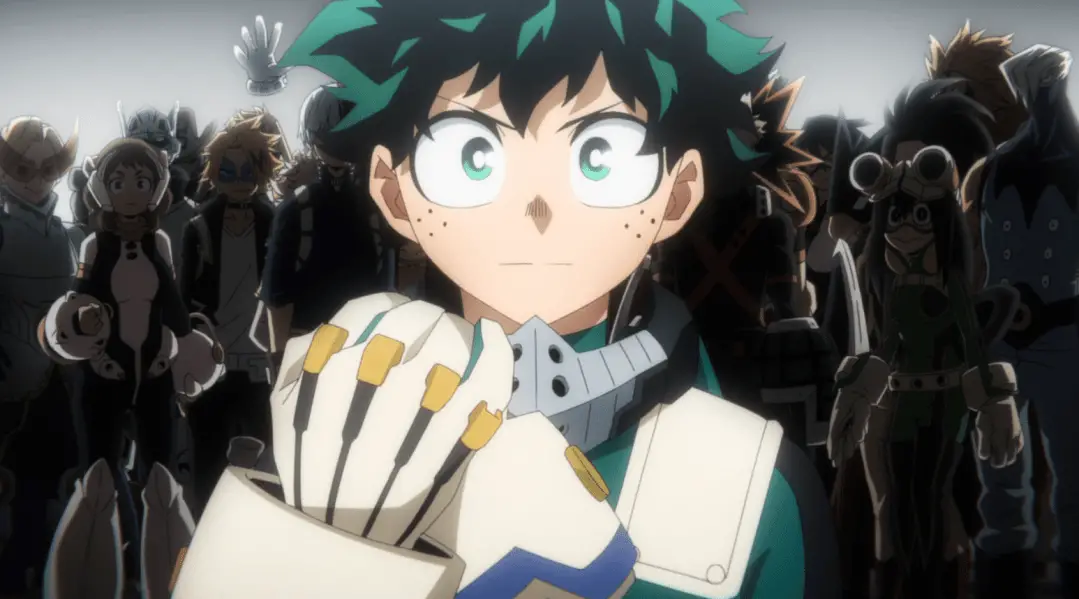My Hero Academia combines the best parts of shonen anime and superhero comic books.
And it does so in a unique and clever way that is entertaining to watch, and frequently thought-provoking.
For six seasons, MHA has been one of my favorite anime series. Like many fans, I am looking forward to season 7 (which will probably arrive in 2024).
Table of Contents
- Basics
- Early Plot
- Late Season Plot: Well-Written Villains
- Characters
- Music
- Setting and Artwork
- Final Verdict
My Hero Academia Basics
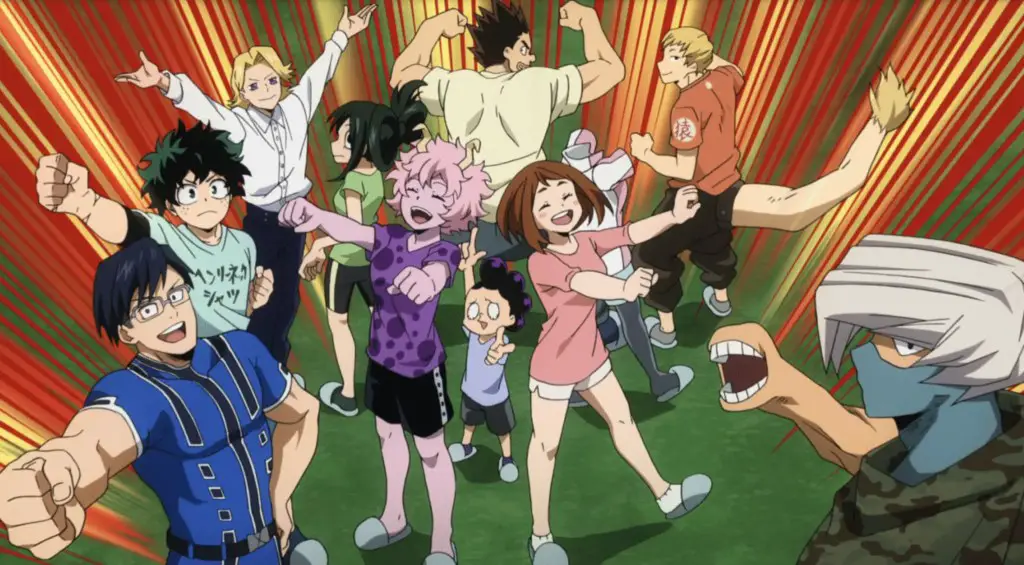
Next year will mark My Hero Academia’s 10th manga anniversary. Weekly Shonen Jump has published Kohei Horikoshi’s manga since 2014. The anime started in 2016.
As a superhero series, MHA features a mixture of Japanese and American themes. It doesn’t contain traditional Japanese “superheroes,” such as:
- Tokusatsu heroes like Kamen Rider or Power Rangers
- Magical girls like Sailor Moon
To a certain degree, MHA does parody American comics. But it’s not a straight-up farce, like Suppaman, a minor character in Akira Toriyama’s universe.
MHA is somewhat reminiscent of the X-Men — with Quirks, instead of mutations. But My Hero Academia takes the “hero school” concept a step further.
Many of the fights in My Hero Academia are practice battles, or training exercises. Students go on internships, and learn from mentors.
This idea of constantly learning and training is what gives MHA its shonen edge.
The series also has a slice-of-life school anime comedy side. Some of the most fun parts of the series are when characters act like ordinary students.
Early Plot
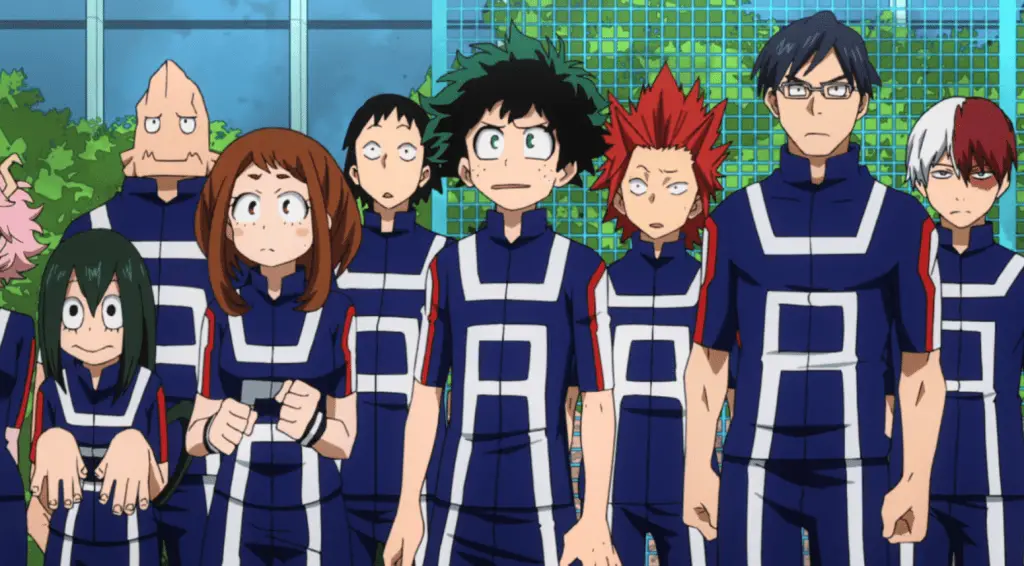
For better or for worse, My Hero Academia’s plot touches all of the shonen bases. But that’s part of what makes the series fun to watch.
In season 1, Deku is the very epitome of an underdog hero. At first, he doesn’t even belong at U.A. But, he demonstrates his worthiness — he has heart, he rushes in to help, and he has determination. That’s how he ends up as All Might’s prote´ge´.
On top of that, he has a hidden power — his obsessive-compulsive notetaking, which helps him with strategy and planning.
Late Season Plot: Well-Written Villains
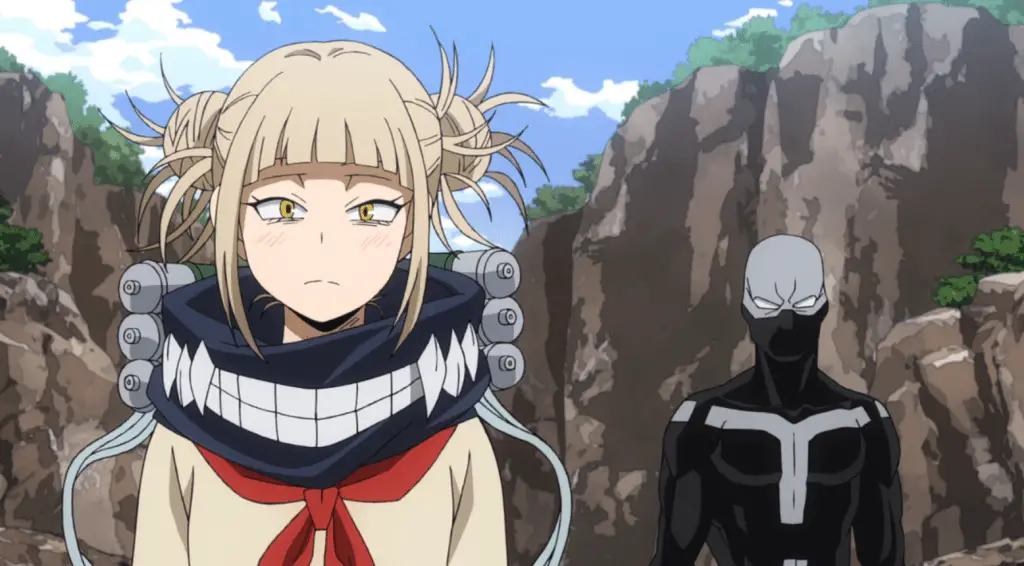
Of course, while Deku and his friends are training, various villainous plans continue to unfold, often in the shadows. These evolving plans can be hard to keep up with — is this the League of Villains, the Meta Liberation Army, or the Paranormal Liberation Front? But they do help keep the story interesting and intriguing.
Also, any story with actual card-carrying “villains” will usually run into believability issues. But MHA justifies its self-proclaimed villains as a natural offshoot of a world with Quirks.
When you have government-approved, licensed heroes, what else are their enemies going to call themselves? Some villains also see the hero world as corrupt, which further fuels their antagonism.
Either way, it all leads up to a big payoff in season 6. Without revealing any spoilers, some big secrets are revealed, and the world of My Hero Academia changes in some drastic, dramatic ways.
Season 6 is dark, but it has a positive message about sticking together even when times are tough.
Characters

My Hero Academia has some wonderful characters, which is not surprising given the large ensemble cast.
For example, take All Might (voiced wonderfully by Kenta Miyake). He’s a very deliberate tribute/ parody of the classic, hammy, all-American Silver Age hero.
Deep down inside, it’s all a façade — he’s injured, and concerned about the next generation of heroes. This contrast gives All Might a great deal of depth, which is emphasized by the physical difference between his superhero persona, and his “deflated” form.
I’m also a fan of Ochaco (Ayane Sakura). Her “girl next door” personality makes her easily likable. In battle, she shows a lot of heroic resolve, even if she isn’t the strongest, most powerful character.
As the series progresses, it becomes obvious that her true superpower is empathy. Her caring really shines through in later seasons.
The explosive Bakugo (Nobuhiko Okamoto) manages to be a shonen anime childhood rival who isn’t stereotypically dark and brooding. If anything, the series flips the script by having Bakugo be louder and more comical than Deku.
Music
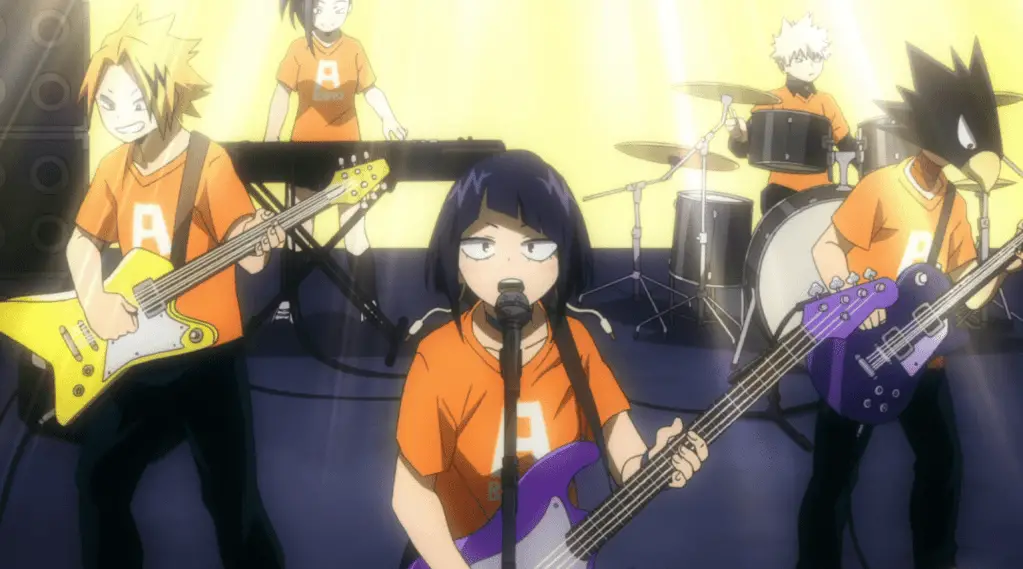
As a shonen series, MHA has a lot of good, rousing pop and rock theme songs. But the song which sticks out in my mind isn’t a theme song, but an insert song.
In universe, Hero Too was written and sung by rock musician/ hero Kyoka Jiro for the school festival. It’s an appropriate song for Class 1-A, and it also helps to cheer up little Eri-chan, former victim of the villain Overhaul.
In a bit of cross-cultural exchange, it was performed in real life by American singer Chrissy Costanza.
Setting and Artwork
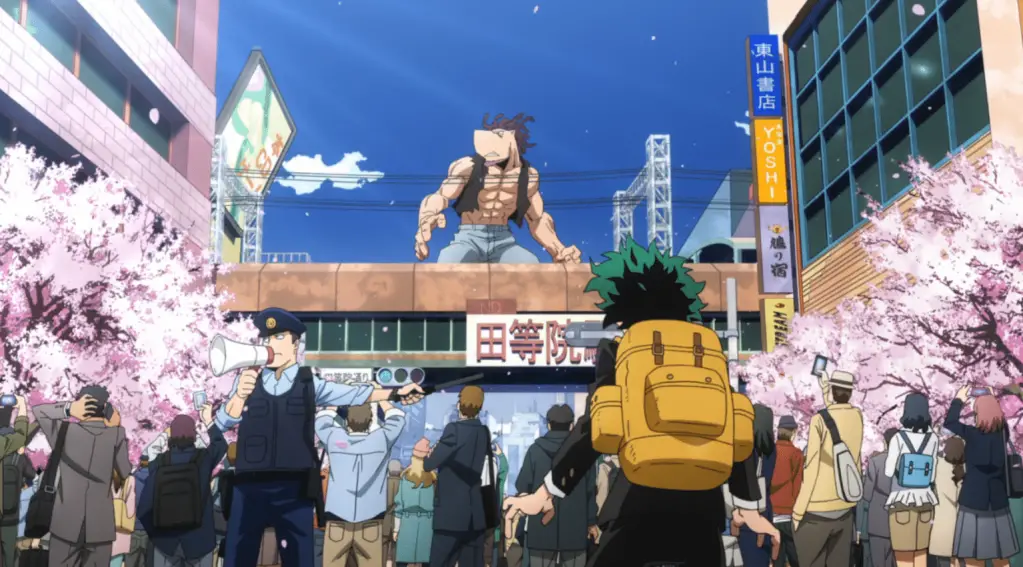
The series takes place in a version of Japan altered by superheroes.
U.A. needs training grounds, and arenas where heroes-in-training can battle safely without harming outsiders.
Then there’s the class trip to U.S.J. In real life, this might refer to Universal Studios Japan, but here it’s the “Unforeseen Simulation Joint,” a training facility.
The series also makes clever use of comic book-style art. The narrator introduces characters in typical comic book fashion.
My Hero Academia Review, Final Verdict: 9.2/10
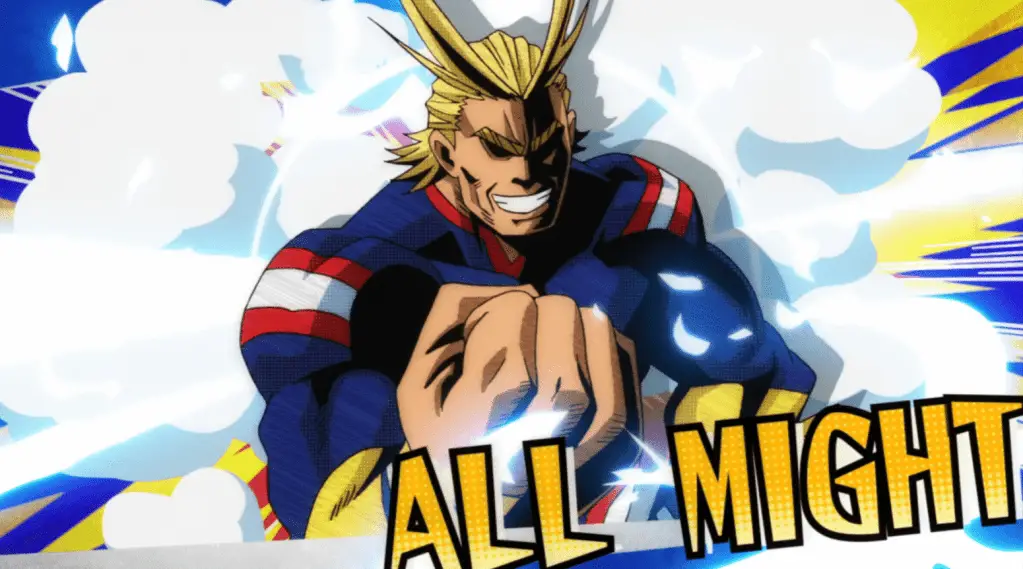
MHA earned a high score because it’s a fun series with an entertaining plot which doesn’t feel cliché.
I typically watch My Hero Academia on Crunchyroll, which holds the license in many countries. You can find the series here.
JapanBound has a watch guide for MHA. We can also help you fix some known Crunchyroll problems.
How to Watch My Hero Academia on Crunchyroll if The App Isn’t Available in your Country
As of this article, My Hero Academia is available on Crunchyroll in the U.S. However, if My Hero Academia is geo-locked in your area, a VPN can help.
The following method works on both desktop PCs and mobile phones or tablets:
- Purchase (or start a free trial) of a VPN, like Surfshark.
- In the settings, choose U.S. as your location.
- Fire up the VPN and wait.
- Once you’re connected, navigate to Crunchyroll (browser or app).
- Search “My Hero Academia” in Crunchyroll and you should see My Hero Academia pop up.
Enjoy! Please note that if Crunchyroll doesn’t update to reflect the country you selected in your VPN, you may have to clear the Crunchyroll cache and try again.
To do this on mobile, go to settings -> apps -> Crunchyroll -> clear cache. To do this on PC, you have to clear the cache in your browser.
My Hero Academia is funny, clever, and has a ton of interesting and unique characters. If you like both shonen anime and comic book superheroes, you ought to enjoy this series.

